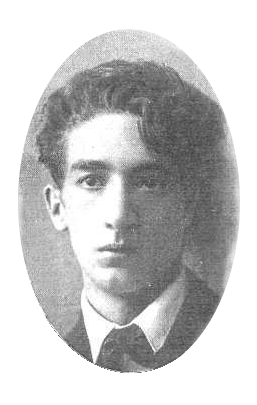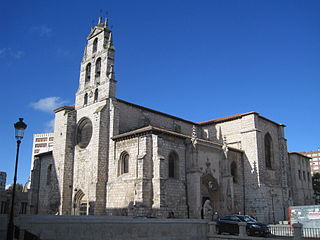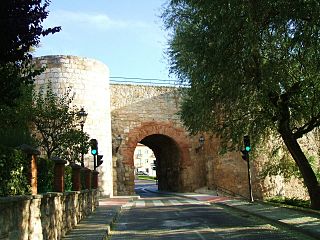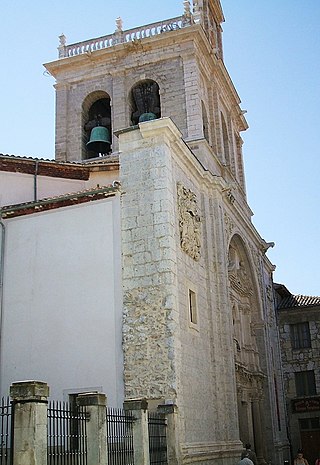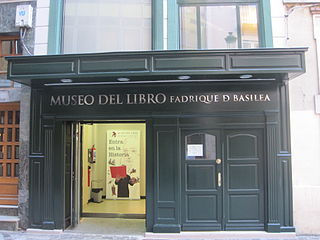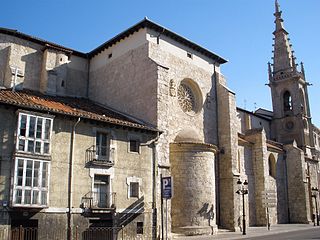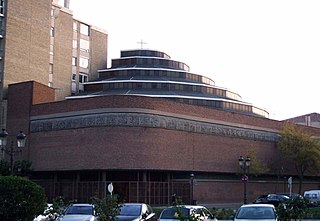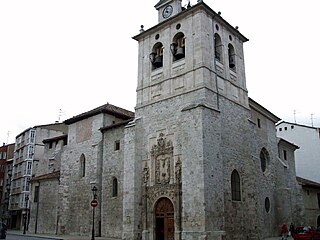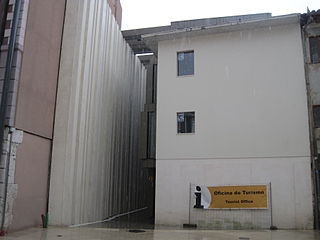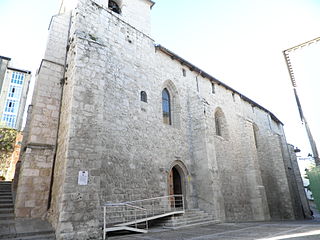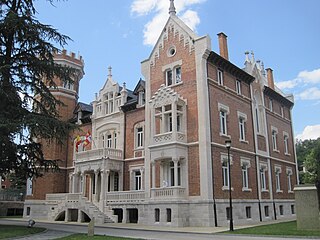Self-guided Sightseeing Tour #2 in Burgos, Spain
Legend
Guided Free Walking Tours
Book free guided walking tours in Burgos.
Guided Sightseeing Tours
Book guided sightseeing tours and activities in Burgos.
Tour Facts
3.7 km
78 m
Experience Burgos in Spain in a whole new way with our free self-guided sightseeing tour. This site not only offers you practical information and insider tips, but also a rich variety of activities and sights you shouldn't miss. Whether you love art and culture, want to explore historical sites or simply want to experience the vibrant atmosphere of a lively city - you'll find everything you need for your personal adventure here.
Activities in BurgosIndividual Sights in BurgosSight 1: Regino Sáinz de la Maza
Regino Sainz de la Maza y Ruiz was a Spanish classical guitarist and composer.
Sight 2: Iglesia de San Lesmes
Iglesia de San Lesmes Abad is a Roman Catholic church in Burgos, Spain.
Sight 3: Muralla de Burgos
The wall of Burgos is a defensive fence that surrounds part of the historic center of the Spanish city of Burgos. Its current structure dates back to the Late Middle Ages. Since the eighteenth century it began to be progressively demolished at certain points, but several important sections and gates have been preserved, as well as some isolated towers and canvases.
Sight 4: Iglesia de San Lorenzo
Iglesia de San Lorenzo el Real is a Baroque church in Burgos, Spain. It is located on Calle Almirante Bonifaz. San Lorenzo was originally a Jesuit church, built between 1684 and 1694 to replace an earlier building of more modest proportions. The work was financed and sponsored by Francisca de San Vítores and erected by Bernabé de Hazas and Francisco del Pontón. After the expulsion of the Jesuits in the late eighteenth century, the church became a parish church. Since its creation in 1945, the church has been the seat of the Brotherhood of Coronación de Espinas y de Cristo Rey.
Sight 5: Museo del Libro Fadrique de Basilea y Museo del Cid
The Fadrique Book Museum in Basel, also known simply as the Book Museum, was a museum space located in the Spanish city of Burgos. Its structure and works made it unique in the national territory. The Museo del Cid was located in the same building. As of June 2022, its collections are in the Book Museum located in the Archive of the Advancement of Castile, located in the town of Covarrubias (Burgos).
Sight 6: Iglesia de la Divina Pastora
The Chapel of the Divine Shepherdess is a Catholic place of worship in the city of Burgos.
Sight 7: Consulado del Mar
The Consulate of the Sea of Burgos may refer to:The Consulate of Burgos, a mercantile institution of the wool trade founded in 1494. To the neoclassical building, headquarters of the Consulate located on the Paseo del Espolón. To the Provincial Academy of Drawing of Burgos, located in that building.
Sight 8: Puente Santa María
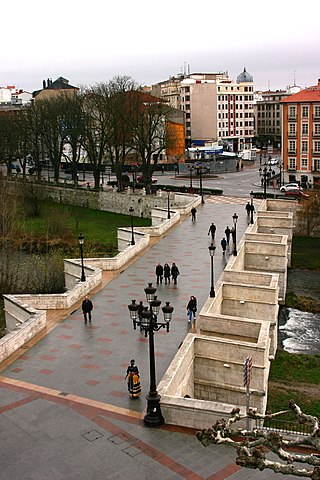
The Santa María Bridge is part of the group of bridges over the Arlanzón River in the Spanish city of Burgos. This bridge has been a key point in the city, as it was used as access to it, thus becoming one of the emblematic crossings. That is why from the beginning it has been the focus of intensive care.
Sight 9: Iglesia de la Merced
The church and convent of Nuestra Señora de la Merced is a late Gothic monument from the fifteenth and sixteenth centuries located on Calle de la Merced in the city of Burgos, in the province of the same name, Castile and León, Spain. The temple functions as a parish of the Jesuit fathers, while the old convent dependencies, inhabited by the Mercedarians for more than three centuries, are today integrated into a hotel business.
Sight 10: Iglesia del Carmen
The Iglesia del Carmen de Burgos is a Catholic parish church built in Burgos, Castile and León, Spain. It is a modern building, built in 1966–1968, replacing a demolished baroque building. It is located at the intersection of Paseo del Empecinado with Calle del Carmen, between the Arlanzón River and the old railway. The church was inaugurated on 7 July 1968.
Sight 11: Iglesia de San Cosme y San Damián
Iglesia de San Cosme y San Damián is a Catholic parish church in Burgos, Spain, on the left bank of the Arlanzón River. It was built in the sixteenth century with a combination of the Late Gothic and Renaissance styles. It was a burial place of featured artists of the time.
Sight 12: Oficina de Turismo de Burgos
The Burgos Tourist Interpretation and Reception Centre (CITUR) is a building located in the Spanish city of Burgos.
Wikipedia: Centro de Interpretación y Recepción de Turistas de Burgos (ES)
Sight 13: Iglesia de Santa Águeda
Santa Gadea is a church dedicated to Saint Agatha in Burgos, Spain. The church is famous in history and literature for being the site where Rodrigo Díaz de Vivar at the behest of the Castilian Cortes, forced Alfonso VI to swear an oath that he was not an accomplice in the death of his brother, Sancho while he was besieging Zamora. Es el de la jura de Santa Gadea is the most notable Spanish medieval romance about this event.
Sight 14: Palacio de la Isla-Instituto Castellano y Leonés de la Lengua
The Palacio de la Isla, located in the Spanish city of Burgos, was built in 1883 by the lawyer and banker Juan Muguiro y Casi in the orchard that he had acquired on the Paseo de la Isla, with the intention of spending the summer in the city. His style is romantic with neo-Gothic influences. In 1942, the building was declared an Asset of Cultural Interest.
Share
How likely are you to recommend us?
Disclaimer Please be aware of your surroundings and do not enter private property. We are not liable for any damages that occur during the tours.
GPX-Download For navigation apps and GPS devices you can download the tour as a GPX file.
